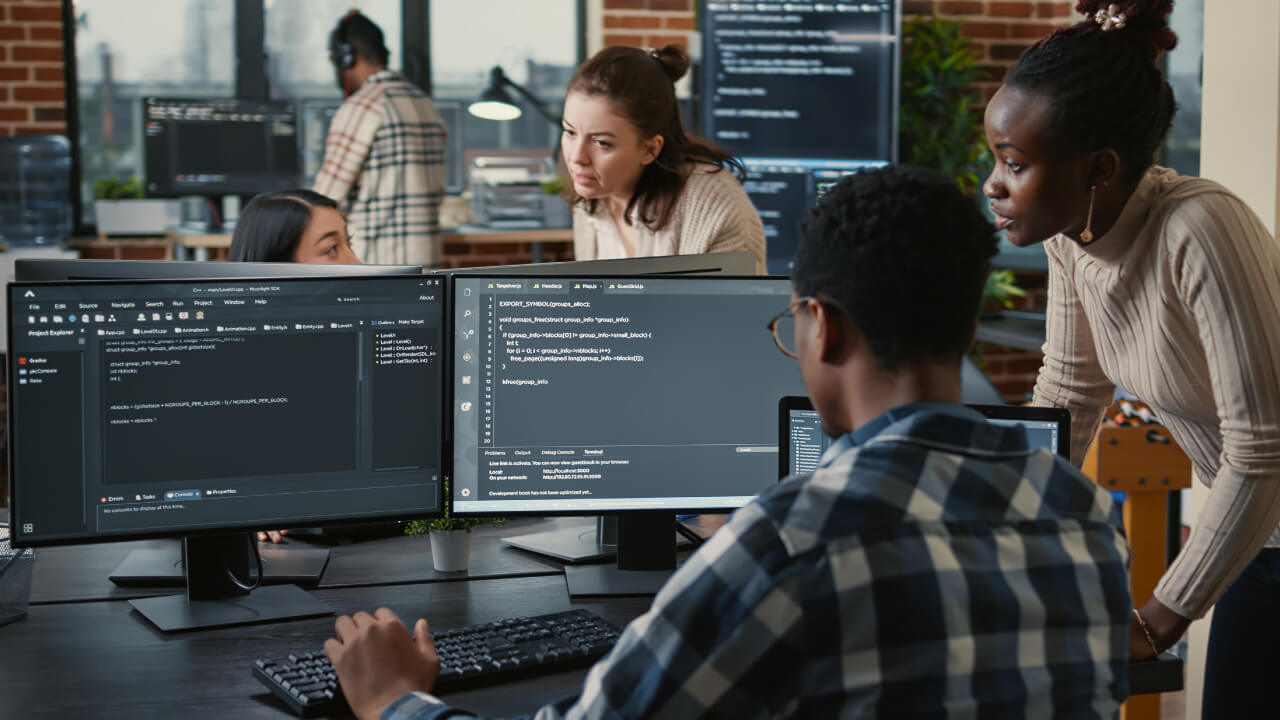Let’s be clear, straightforward, and truthful. Artificial Intelligence (AI) is not a passing fad or a whim of Silicon Valley. AI is here to stay and is transforming our world at breakneck speed. And no, this is not science fiction. It is a reality that is knocking on our door, and if we do not react in time, the impact can be brutal. Picture this: every week, a new AI tool hits the market. Every week, hundreds of jobs are transformed or disappear. And here we are, watching from the sidelines, while the train of progress speeds on. Are we prepared? Is our educational system ready to face this technological tsunami? Unfortunately, the answer is a resounding no.
The Urgency of Updated Education
You don’t have to be a genius to understand that our educational system is outdated. Curriculums are updated at a snail’s pace while technology advances like a rocket. Universities continue teaching the same things as decades ago, and our young people enter the job market with obsolete skills. Result? An ever-growing gap between what the market needs and what our professionals can offer.
Universities and training centers must get their act together, and quickly. It’s not just about adding a couple of programming courses here and there. We are talking about a profound and radical transformation. We’re talking about integrating AI, data science, and advanced digital skills into all programs. And yes, this includes the humanities. Because the future is not only for engineers; it is for all those who can adapt and think critically.
The Role of Legislators
But the responsibility does not fall solely on educational institutions. Legislators have a crucial role. We need policies that facilitate and fund this transition. We need serious investments in technological education. We need subsidies so that any worker, regardless of their age, can retrain and adapt to this new reality.
Legislators must understand that education is an investment, not an expense. It is the key to securing a prosperous and equitable future. And no, we cannot wait decades to see the results. Action must be immediate and forceful. We need to create an educational system that not only prepares young people for the jobs of the future but also offers continuous training opportunities for everyone.
Training for Everyone
Updating training cannot focus solely on the young. If you are a 40, 50-year-old worker, and you see how your job is being threatened by automation, you need options. You need accessible and flexible programs that allow you to acquire new skills without having to leave your current job.
This is where continuous training comes into play. Online learning platforms, modular courses, and retraining programs should be the norm, not the exception. And we are not talking only about technical skills. We also talk about soft skills, such as adaptability, critical thinking, and creativity. Because these are the skills that will allow you to navigate a world in constant change.
A Coordinated Approach
To face this challenge, we need a coordinated approach. Universities, businesses, and governments must work together. Universities should collaborate with businesses to understand what skills are needed and develop relevant programs. Legislators must create policies that facilitate these collaborations and ensure that educational and labor policies are aligned with technological changes.
Moreover, we must foster a culture of continuous learning. In a world where technology changes at the speed of light, learning cannot stop upon graduation. Workers must be prepared to continually update their skills. And this requires a mindset change. We must see continuous training as an investment in our future, not as a luxury.
Impact of AI on the Labor Market
AI is transforming the labor market in profound and complex ways. It is creating new opportunities and increasing productivity, but it is also displacing many workers. Administrative, manufacturing, and service jobs are being automated, reducing the demand for workers in these sectors. This creates a bifurcation in the labor market: more high-paying jobs and fewer middle-wage jobs.
Policies for an Inclusive Future
To ensure that AI benefits everyone, we need policies that encourage the creation of new jobs and protect displaced workers. This includes incentives for companies that invest in innovation and support programs for workers in transition. Legislators must work to create an environment where innovation thrives and benefits all of society.
The Role of Universities
Universities must act quickly and flexibly to adapt their educational programs. This includes not only the incorporation of technical skills but also the promotion of soft skills. Educational institutions must establish partnerships with the industry to ensure that training programs are relevant.
Government and Private Initiatives
The public and private sectors must work together. Governments can offer tax incentives to companies that invest in training their employees. Companies must see continuous training as an investment in their future success and competitiveness.
Towards a Prosperous and Equitable Future
AI has the potential to transform our lives in profound and positive ways. But for this transformation to be inclusive, we must act now. Legislators must develop policies that support continuous training and the creation of new jobs. Universities and training centers must quickly adapt to the new realities of the labor market.
With a coordinated approach, we can face the challenges of AI and build a prosperous and equitable future. The key is in immediate action and collaboration among all relevant stakeholders. Only then can we ensure that AI is a force for good, raising living standards and creating new opportunities for everyone.
So there you have it. It’s not science fiction, it’s reality. And it’s up to us, all of us, to make sure we are prepared for the future that is already here. Because the train of progress waits for no one. Are we going to get on board, or will we stay at the station?










